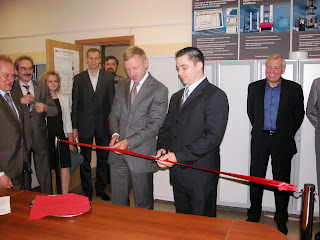Register for the webinar - or leave us a message below! Read more

Share your ideas. Tell us your stories. Join the Instron Community.


 Bulletproof skin. The words conjure up images of bullets bouncing off the superhero’s chest as the villain opens his eyes wide in amazement. The recent flurry of hyperbolic headlines in newspapers, the web, and popular science magazines announcing the arrival of bulletproof human skin made it seem as if that possibility was already here. “Scientists to Engineer a Human with Bulletproof Skin” proclaimed the International Business Times on August 23, 2011. The reality is rather more mundane although it still offers exciting possibilities. The Designers & Artists 4 Genomics Award, DA4GA, a competition launched by the Waag Society in Amsterdam, Holland, invited emerging artists and designers to submit projects exploring biotechnology. One of the winning projects, named 2.6g 329m/s, is a manufactured human skin that has properties that make it very strong and resistant to penetration. The name comes from the performance standard for Type 1 bulletproof vests. 2.6g 329m/s is the maximum weight and velocity of a traveling bullet from which a Type 1 bulletproof vest should protect you.
Bulletproof skin. The words conjure up images of bullets bouncing off the superhero’s chest as the villain opens his eyes wide in amazement. The recent flurry of hyperbolic headlines in newspapers, the web, and popular science magazines announcing the arrival of bulletproof human skin made it seem as if that possibility was already here. “Scientists to Engineer a Human with Bulletproof Skin” proclaimed the International Business Times on August 23, 2011. The reality is rather more mundane although it still offers exciting possibilities. The Designers & Artists 4 Genomics Award, DA4GA, a competition launched by the Waag Society in Amsterdam, Holland, invited emerging artists and designers to submit projects exploring biotechnology. One of the winning projects, named 2.6g 329m/s, is a manufactured human skin that has properties that make it very strong and resistant to penetration. The name comes from the performance standard for Type 1 bulletproof vests. 2.6g 329m/s is the maximum weight and velocity of a traveling bullet from which a Type 1 bulletproof vest should protect you. 








